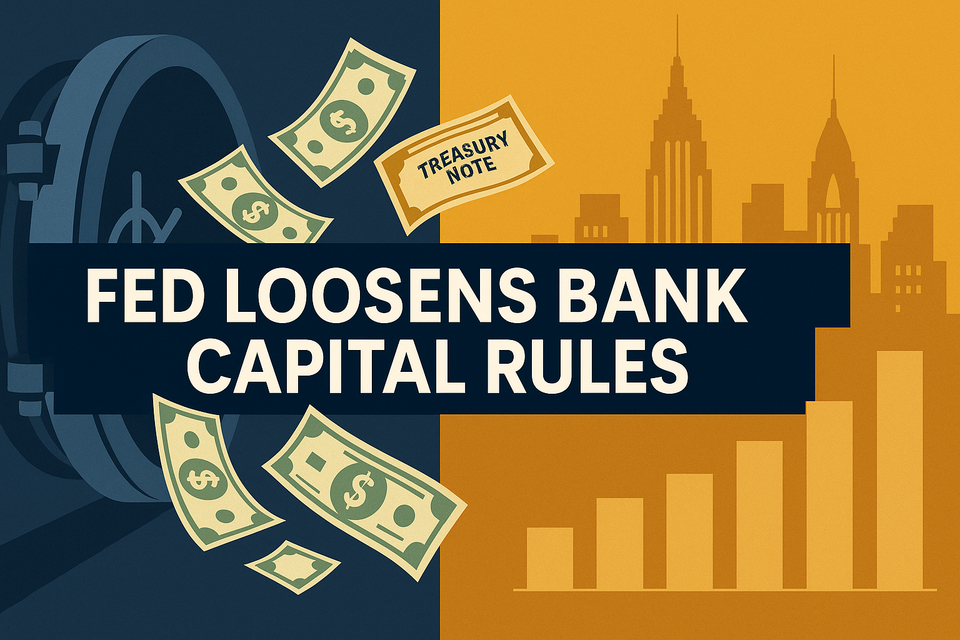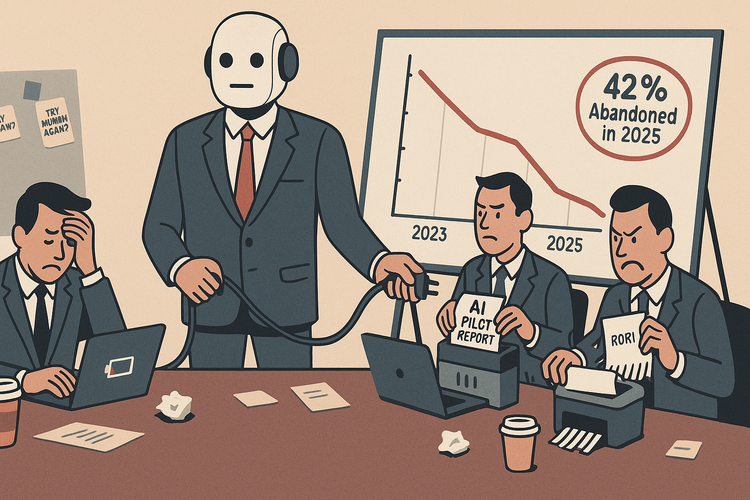Fed Moves to Loosen Capital Rules for Big Banks

Summary
The Federal Reserve has proposed easing capital requirements for the largest U.S. banks, potentially unlocking billions in lending capacity. The move is designed to improve liquidity in the $29 trillion Treasury market—but not without controversy.
Key Takeaways
- Major Capital Shift: Proposed changes could lower minimum leverage ratios by up to 1.5%, freeing $185B–$6T in balance sheet capacity.
- Tailored Risk Approach: Requirements would adjust based on systemic risk profiles, not uniform percentages.
- Political Pushback: Fed Governor Michael Barr and Sen. Elizabeth Warren argue it increases systemic risk.
Why It Matters
The proposal marks a pivotal shift in post-2008 banking regulation. Supporters say it enhances market liquidity and risk calibration. Critics warn it could weaken the financial system’s resilience during crises—especially as banks re-enter the Treasury market more aggressively.
Source

Fed's proposed capital rule rollback could unleash billions for Wall Street banks—while reigniting fears of systemic risk.






